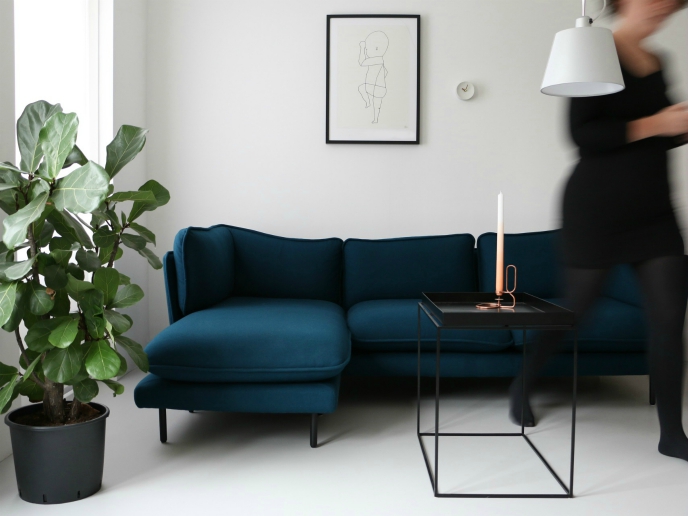Rationally modulating indoor climate enhances our lives and helps the environment
Although plenty of data can now be obtained regarding a building’s energy performance, this information is generally not available to residents or other building users. It is also rarely in an easy-to-understand format – few people know how to interpret a decrease in energy consumption expressed in kilowatt-hours. The EU-funded MOBISTYLE project has developed four different ICT-based tools to encourage people to reduce energy consumption through holistic information about the impact of energy-efficient behaviours on personal health, productivity and environmental air quality.
Putting customers first in more ways than one
According to Ana Tisov of Huygen Installation Consultants and project operational coordinator, “a people-centred approach was the key to MOBISTYLE innovations. We developed the ICT tools based on end-user input in preliminary design workshops prior to development. The workshops revealed that our original plan to use augmented reality and 3D models lacked added value for users. Rather, they enthusiastically supported the use of gamified apps and friendly user interfaces to access and understand real energy, health and comfort data.” The team modified its game plan accordingly and developed four fun, informative and educational ICT tools demonstrated in case studies across Europe.
Something for everyone, from homes to businesses and building managers
The MOBISTYLE dashboard, piloted in university offices and a hotel, helps users monitor energy performance and IEQ via mobile phone or computer. Tisov elaborates: “At the university, we also used posters, screen messages and an LED air quality indicator throughout the buildings. Use of heating and cooling decreased as did public elevator use. Interestingly, the LED indicator was associated with more window opening, supporting the important effect simple solutions can have.” Use of the MOBISTYLE dashboard was associated with a decrease in cooling use by 13 % and 25 % in two university buildings even though there were more warm days. MOBISTYLE’s office application piloted in open-plan offices focuses on creating a dynamic indoor climate in which a variety of IEQ parameters are modified throughout the day to enhance comfort, health, mood and productivity. For example, white light enhances alertness and productivity but warmer light toward day’s end helps maintain a healthier sleep-wake cycle. The office app shows users the interrelationships among energy use, IEQ and health and productivity. A gamified app for mobile devices, the MOBISTYLE game, was piloted in social housing apartments and smart homes. Finally, the expert tool supports building managers with data integration, visualisation and simple analyses, and was successfully implemented in all the demonstration cases.
Energising awareness and change for a better future
MOBISTYLE customers can use its ICT tools, store data from its cost-effective sensors in the MOBISTYLE database, and use the open-access component of the platform to develop their own apps. Taking advantage of the European Commission’s on-demand services for exploiting research results, researchers prepared and discussed plans for commercialisation with the MOBISTYLE Consumers Advisory Board. Tisov concludes: “Why should we know less about the buildings in which we spend most of our time than we do about the cornflakes we had for breakfast? By increasing education about the interrelationships among energy usage, IEQ, health and lifestyle, energy conscious and healthy behaviour can become a way of life.”
Keywords
MOBISTYLE, energy, building, health, ICT, productivity, ICT tools, gamified app, indoor environmental quality, social housing







